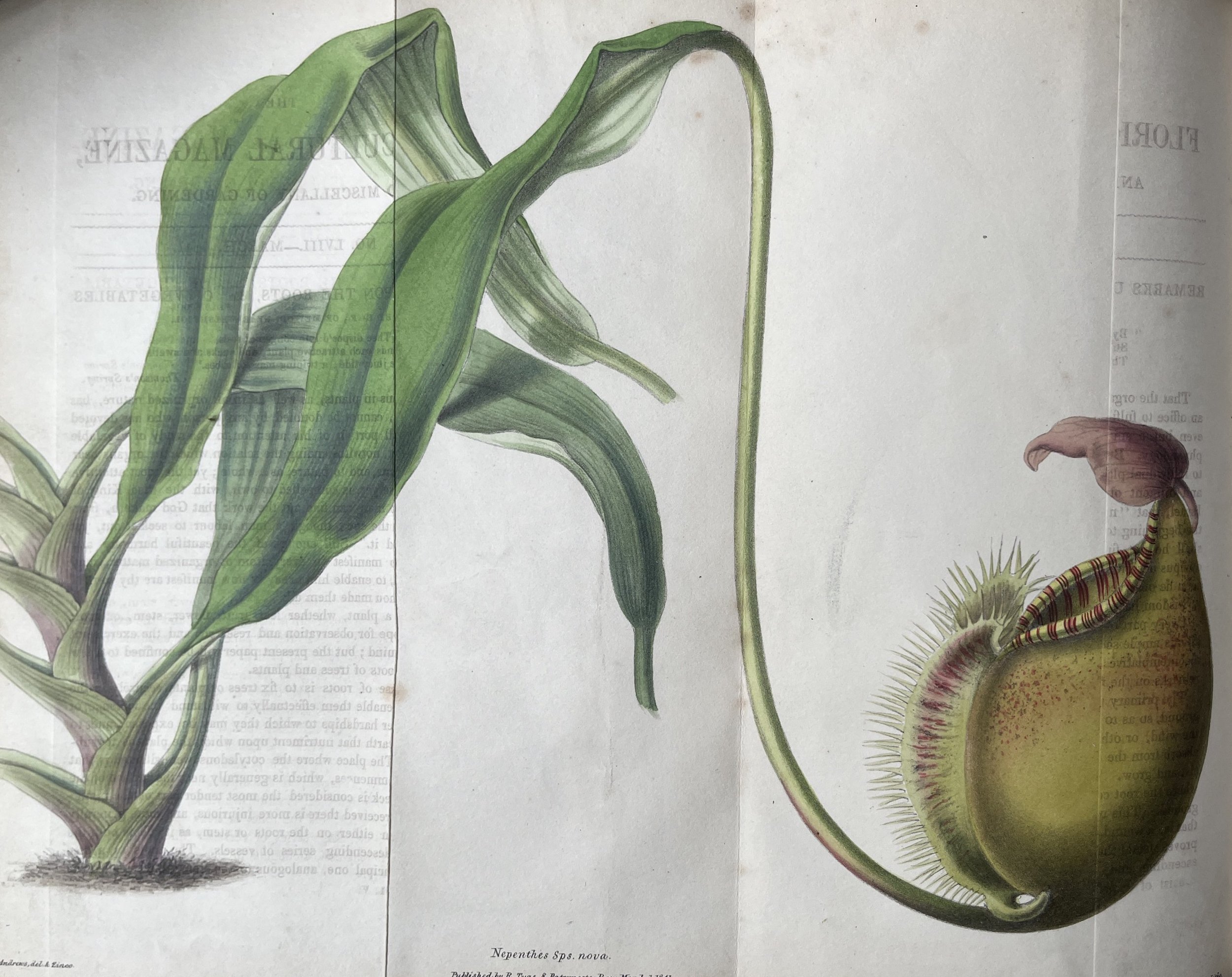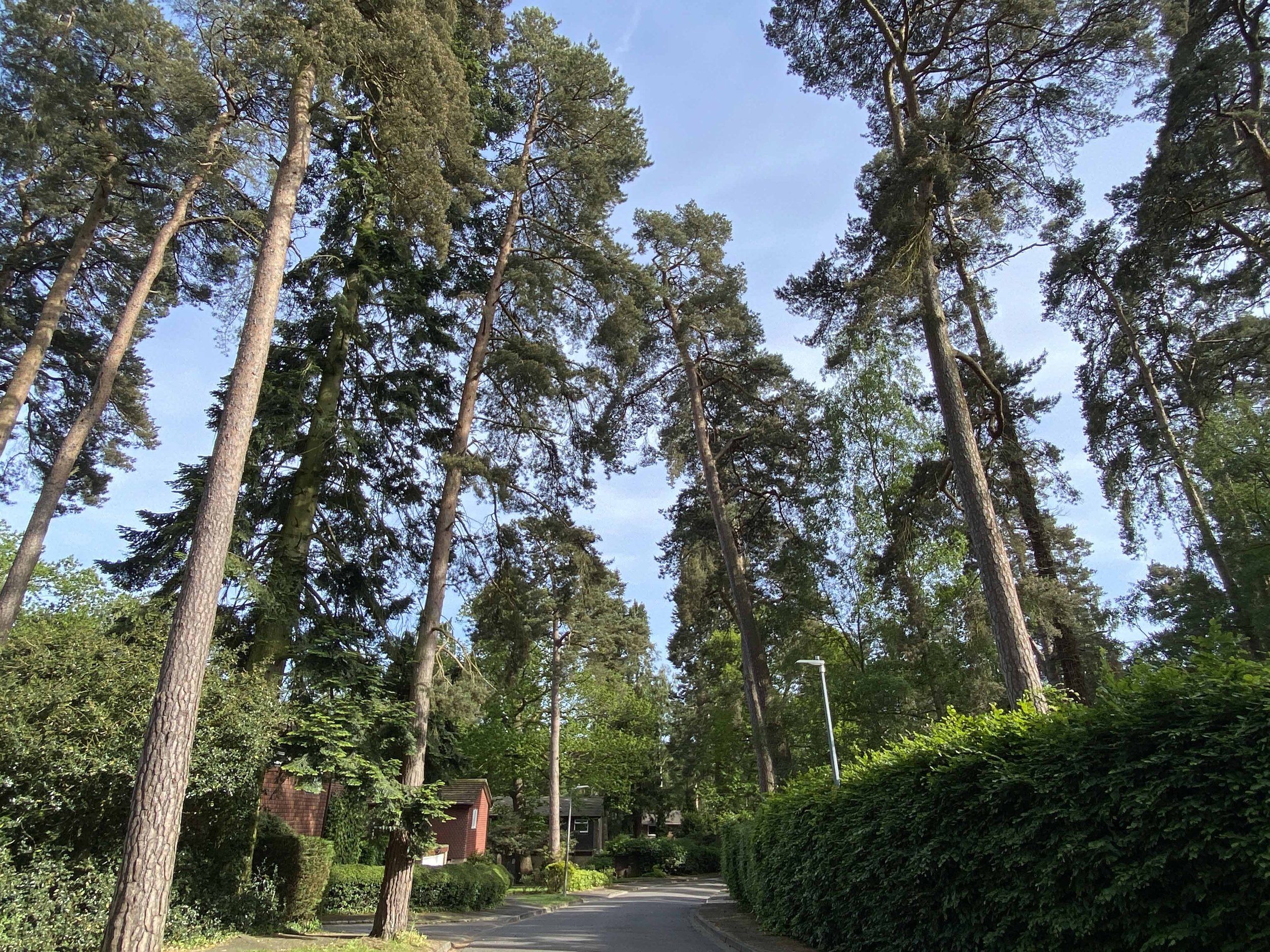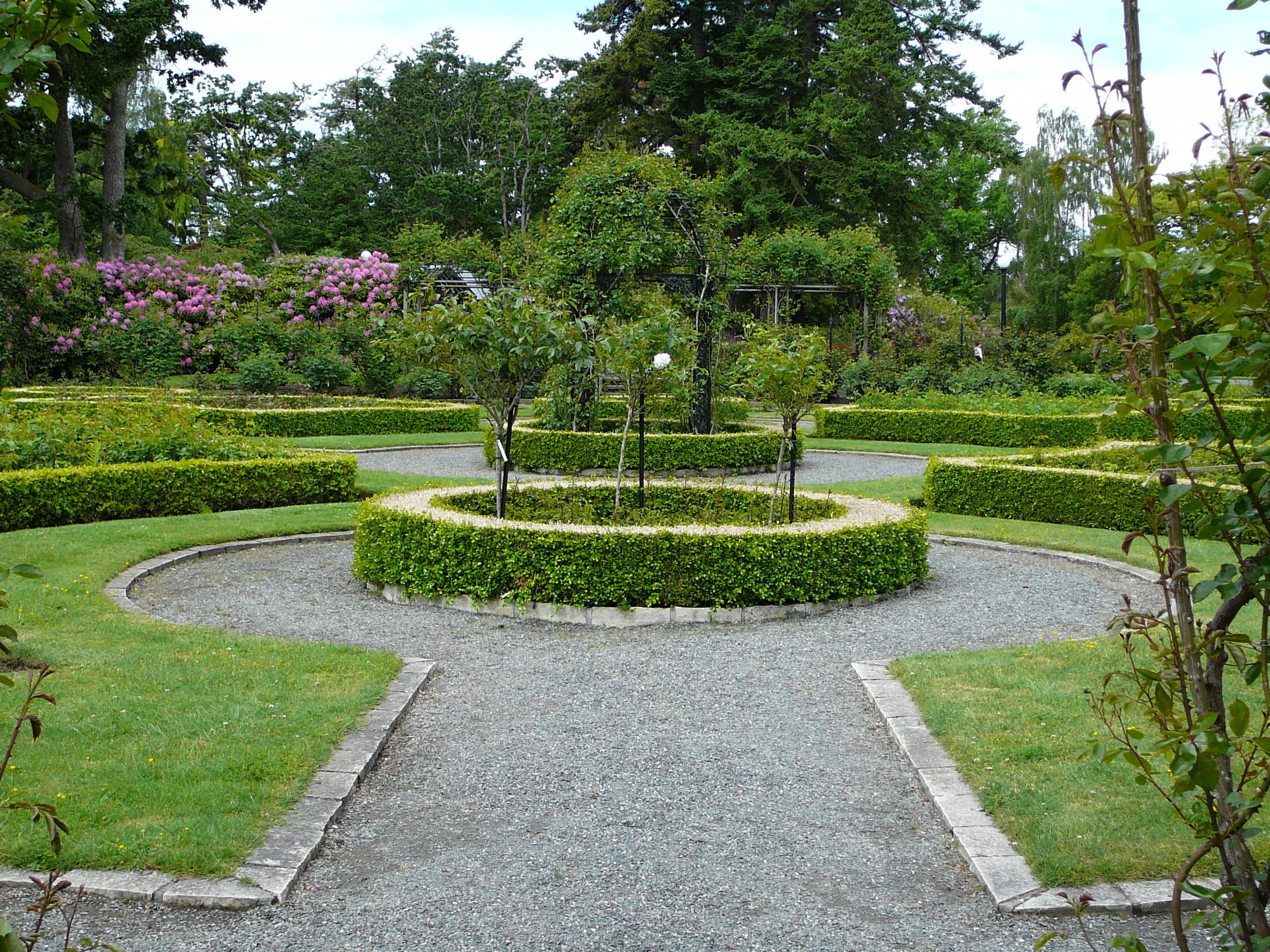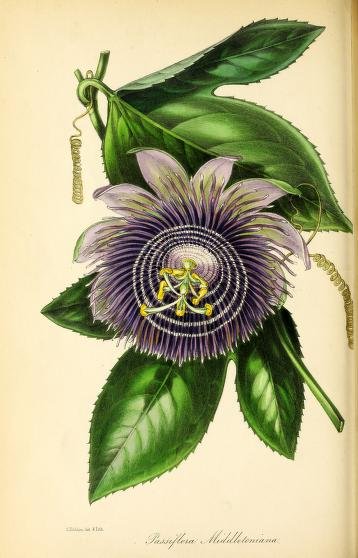Plant Histories 2
Marnock used many exotic horticultural species in his designs. Garden historian Jill Sinclair traces the history of a South Asian plant that featured in the hothouses at Sheffield Botanical Gardens.
Nepenthes distillatoria is included by Marnock (as Nepenthus distillatoria or the ‘Chinese pitcher plant’) in a list of plants he was growing at Sheffield Botanical Gardens in 1838 in what he called the small stove. He later wrote about the care of pitcher plants and published a hand-coloured image of an unnamed species of Nepenthes in his Floricultural Magazine of 1841.
A new Nepenthes species, from Marnock’s Floricultural Magazine vol. 5 (1841), plate 60. Private collection.
Despite Marnock describing it as Chinese, N. distillatoria is a tropical pitcher plant only found in Sri Lanka. The plants were first described by Europeans in 1677 and, for a time, commonly known by the indigenous name Bandura. In 1737 they were reclassified by Linnaeus as Nepenthes, from a term in Greek mythology meaning something that causes people to forget their sorrows.
Colonists saw the plant as an exotic curiosity ideal for display back home, overlooking any practical benefits (the strong stems have long been used locally as cords and for basket weaving). They immediately admired the pitchers, but for almost two centuries could not determine their purpose.
An early illustration of Nepenthes distillatoria (as Bandura Zeylanica) from Johannes Burmann’s Thesaurus zeylanicus (1737). Image from Wikimedia Commons.
Sir Joseph Banks introduced the plant to England in 1789, as a specimen sent to him from Amsterdam. Collected plants soon became coveted specimens in English hothouses. Magazines such as The Gardener extolled how they ‘excite the curiosity of the most careless beholder …[and] above most plants, give character to any collection.’ The famous Veitch nurseries in England and Dublin’s botanic gardens at Glasnevin were soon working out how to propagate plants for sale. Detailed advice was published about their cultivation, taxonomy and propagation at home: the Botanical Magazine of 1828, for instance, included seven pages of description and analysis of the plant according to Western classifications. But the function of the pitchers eluded English botanists: the article states that the pitchers produce a secretion but ‘for what purpose does not appear.’
Linnaeus apparently believed the pitchers were reservoirs for catching rainwater. A century later, Joseph Paxton was still musing on various theories about the pitchers’ purpose, in his first Magazine of Botany (1834). He observed that some believed them to be nests for shrimps or water reservoirs for animals – and noted that the secretion when boiled had an ‘an odour like baked apples.’ He realised that damage to a pitcher affected the health of the whole plant, and noted that insects were being trapped but ‘whether their death is necessary to the well-being of the plant cannot be decided’.
Nepenthes distillatoria from Joseph Paxton's Magazine of Botany vol. 4 (1834). Image from Wikimedia Commons.
Joseph Dalton Hooker and Charles Darwin finally established in the mid-1870s that the secretions of some plants, including Nepenthes, were ‘analogous to gastric juice’ and thus the plants could digest and absorb animal matter as nutrition in the same way that animals can.
Although Western interest in pitcher plants for display generally fell away after the First World War, it returned in the 1970s and Nepenthes distillatoria is today available for purchase as a house plant. It is at risk of extinction in the wild.
For more information about Victorian cultivation of this plant, see:
‘Nepenthes distillatoria’, Curtis’s Botanical Magazine or Flower-garden Displayed (1828).
‘Nepenthes’, Marnock’s Floricultural Magazine, vol. 5 (1841), pp. 230 -231.
Charles Darwin, Insectivorous Plants (1875), chapters VI and XV.
‘Nepenthes (Pitcher Plants)’, The Gardener (June 1877), pp. 249 – 252.
A version of this article first appeared online for The Gardens Trust during South Asia History Month.











